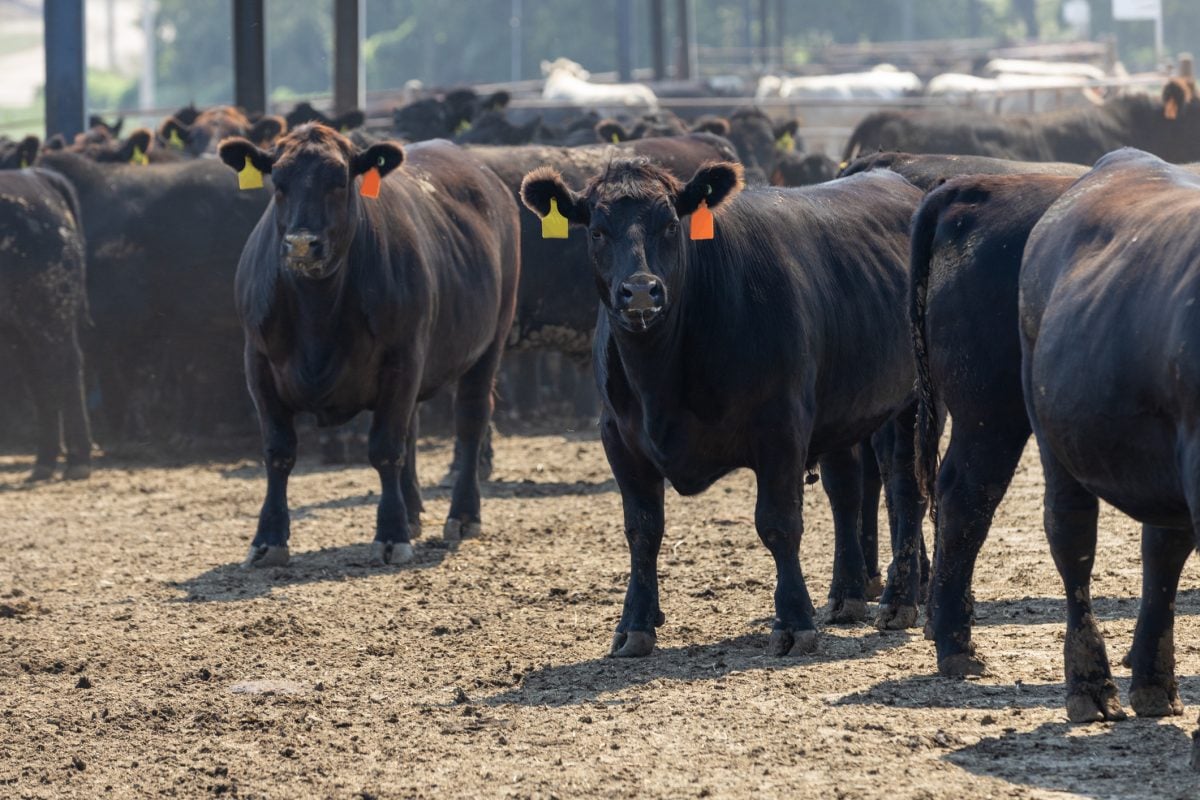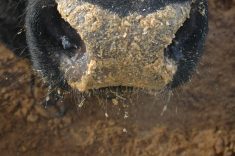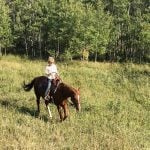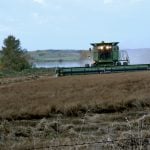Most auction barns were in holiday mode last week, which made the market hard to define. However, comments from local buyers suggest demand is building for shorter-term replacements due to healthy feedlot margins. Small groups were on offer with limited numbers available, and there was a wide range on similar weight classes across the Prairies. Inquiries are building for cattle ready to come on stream from backgrounders over the next month and there are efforts to pull cattle forward into finishing lots.
Alberta packers were buying fed cattle from $160 to $162; breakeven pen closeout values are hovering around $140, so we’ve seen a sharp improvement in margins in a short period of time. The feeder market hasn’t factored in this improvement, so buyers have some breathing room to bid up prices.
Read Also

U.S. livestock: Cattle futures mixed
Cattle futures on the Chicago Mercantile Exchange were mixed on Thursday, after dropping sharply the previous session. The December live…
There were no features to report this past week. Higher-quality 800- to 825-lb. steers were quoted from $165 to $168 in central Alberta; 700-pounders were reported from $175 to $179 in the same region. Mixed heifers averaging around 700 lbs. were quoted from $145-$150 across Alberta.
While Manitoba has experienced severe snowfall and extreme temperatures these past couple of weeks, feeding conditions are more favourable in the feedlot regions of Alberta. Most feedlots are current with production and will be anxious to liquidate fed cattle at the current levels and replace as soon as possible.
Strength in shorter-keep feeders appears to pushing up calf prices. Margins don’t look as favourable for the summer period with the June live cattle futures trading at a $10 discount to the April contract; however, feedlots can still figure on $50-$60 per head given the current price structure for 600-lb. steers and heifers. Feed grain supplies will remain rather burdensome, so there is incentive for ownership on all weight classes.
— Jerry Klassen is manager of the Canadian office for Swiss-based grain trader GAP SA Grains and Produits. He is also president and founder of Resilient Capital, which specializes in proprietary commodity futures trading and commodity market analysis. Jerry owns farmland in Manitoba and Saskatchewan but grew up on a mixed farm/feedlot operation in southern Alberta, which keeps him close to the grassroots level of grain and cattle production. Jerry is a graduate of the University of Alberta. He can be reached at 204-504-8339.

















